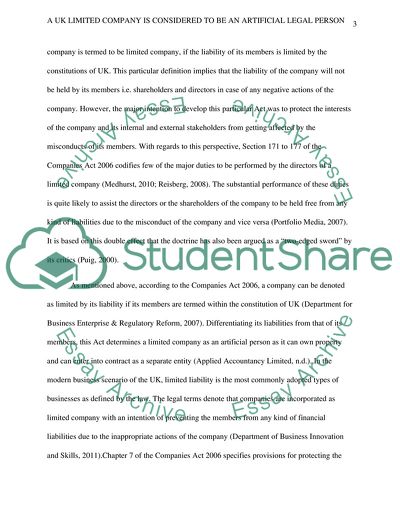Cite this document
(A UK Limited Company Is Considered to Be an Artificial Legal Person Case Study, n.d.)
A UK Limited Company Is Considered to Be an Artificial Legal Person Case Study. https://studentshare.org/law/1813251-a-uk-limited-company-is-considered-to-be-an-artificial-legal-person
A UK Limited Company Is Considered to Be an Artificial Legal Person Case Study. https://studentshare.org/law/1813251-a-uk-limited-company-is-considered-to-be-an-artificial-legal-person
(A UK Limited Company Is Considered to Be an Artificial Legal Person Case Study)
A UK Limited Company Is Considered to Be an Artificial Legal Person Case Study. https://studentshare.org/law/1813251-a-uk-limited-company-is-considered-to-be-an-artificial-legal-person.
A UK Limited Company Is Considered to Be an Artificial Legal Person Case Study. https://studentshare.org/law/1813251-a-uk-limited-company-is-considered-to-be-an-artificial-legal-person.
“A UK Limited Company Is Considered to Be an Artificial Legal Person Case Study”. https://studentshare.org/law/1813251-a-uk-limited-company-is-considered-to-be-an-artificial-legal-person.


